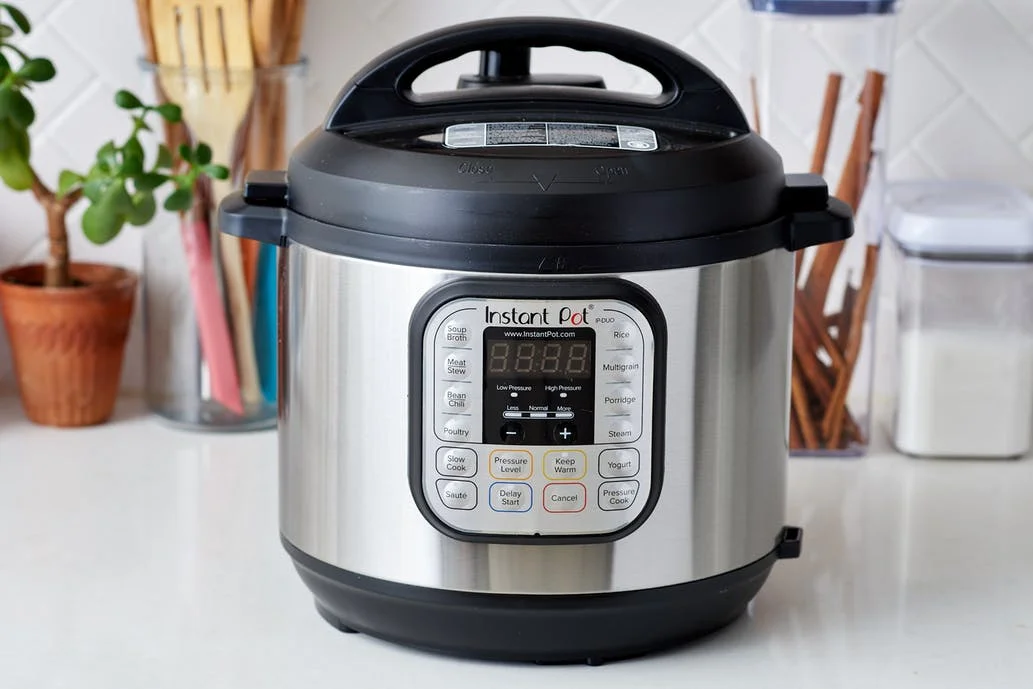WTF is Purslane? | The Superfood You've Been Mistaking For A Weed
Purslane, a fairly ubiquitous weed, has recently been heralded as one of the most nutrient dense greens on the planet. Incredibly high in omega 3s, iron, and beta carotene, it's a powerhouse of a plant that– wait for it– actually tastes good.
I can still remember the day I realized that the weed I'd spent my entire childhood pulling from the garden and had noticed growing, ahem, like a weed, out of cracks in sidewalks was actually a delicious, nutrient dense food worth treasuring. I had spent hours browsing through recipes to use the mountain of zucchini and tomatoes sitting in our garden and stumbled upon a recipe for grilled zucchini with tomatoes and purslane (wth?) and did a bit of a double take. While I didn't recognize the name, I was fairly certain I recognized the plant. A few google searches later, feeling fairly confident that I'd just stumbled upon the world's cheapest superfood, I set out into the garden to harvest with care the very same weed I'd carelessly flung out of the garden for years. I washed the leaves and somewhat fearfully tasted a leaf. Delicious! Lightly lemony with a hint of that familiar arugula-like peppery kick. I now treasure purslane. My once skeptical family now asks for purslane as a special treat! I've learned through trial and error that you can use it in any and all of the same ways you'd use spinach– it's fabulous in salads, juiced, sautéed, or braised. It has pectin-like quality (similar to okra) that's great for thickening or adding texture to soups or stews. It's truly one of my favorite ingredients and I smile with delight when I occasionally find it in my local Armenian supermarket and love getting that knowing nod from the cashiers while checking out. It's a hidden gem of a plant and a little secret I'm happy to share.
~ A Quick Guide to Purslane ~
What it looks like:
Purslane is fairly ubiquitous in most parts of the country, often growing around lawns, cracks in the sidewalk, and gardens. It particularly loves low-quality soil, meaning you'll find it growing readily in neglected areas of your lawn or garden.
The leaves looks faintly like miniature jade plants, with juicy looking green leaves and varying shades of reddish stems. The plant will crawl outwards, sending shoots in multiple directions and sometimes upwards as it matures.
IMPORTANT NOTE: Stems may vary slightly in color but should always be hairless. Furry stems are indicative of a highly poisonous plants called hairy stemmed spurge .The difference is pretty clear once you've seen it, but it's certainly worth noting!
Nutritional Values:
Purslane packs a nutrient-dense punch and has been noted by the National Institutes for Health as containing the highest level of Omega-3 fatty acids of any green plant. Even higher than some fish and nutritional supplements, which is great news for those avoiding fish, but seeking Omega 3s.
Purslane is also a rich source of vitamin-C, and some B-complex vitamins like riboflavin, niacin, pyridoxine and carotenoids, as well as dietary minerals, such as iron, magnesium, calcium, potassium, beta carotene and manganese and is one of the highest sources of Vitamin A among leafy greens.
Where to Find it:
Foraging and harvesting readily available purslane is a great joy, but you should be mindful of the spaces you harvest from and refrain from gathering it from areas that pets or neighborhood animals may utilize as their restroom.
Purslane should be harvested by cutting, rather than pulling, as it will readily regrow from cut areas.
Purslane is also popping up in places like specialty markets, ethnic grocers, and occasionally, farmer's markets. While free foraging is always a joy, it's also nice to grab it pre-picked, bundled, and ready to enjoy, it also doesn't hurt to support outlets that choose to carry it– we're all for purslane becoming more readily available!
If you cant find it nearby, or would like to have a it close at hand whenever the desire strikes, you can easily grow purslane from seed in a container or garden bed.
How to Use it:
Purslane is easily subbed for spinach in almost any recipe and can be eaten raw, juiced, sautéed, stir-fried, pickled, puréed into pestos, or used similarly to okra to provide a pectin-like thickening to soups and stews.
Purslane should be rinsed and soaked to thoroughly remove and grit or dirt then rolled in towels to dry thoroughly.
From there, the sky is the limit! Everything from the young tender leaves and stalks to the mature, thicker leaves and stalks are edible, each delivering their own flavors and textures. Try them out and hop into the Clean Made Community to share your favorite recipes and techniques with other clean food lovers!
–Fabulous Purslane Recipes and Reads–
The Recipe That Started Our Love Affair with Purslane:
Grilled Zucchini Salad with Purslane and Tomatoes (epicurious)
Purslane, A Weed Worth Eating (Chicago Tribune)
Nutritional Profile: Purslane (Nutrition and You)
Pickled Purslane (Healthy Green Kitchen)
Cucumber and Purslane Soup (66 Square Feet) *we leave out the sugar and sub out coconut milk yogurt (or canned coconut and a squeeze of lemon juice) for the greek yogurt.
Purslane and Herb Salad (Saveur) *we riff on this by subbing in our favorite nut ricotta recipe.
Scrambled Eggs with Purslane (Genius Kitchen)
Simple Sautéed Purslane (Genius Kitchen)
Chilled Zucchini Soup with Purslane (Food & Wine)
45 Things to Do with Purslane (Chocolate & Zucchini)
Gluten Free, Paleo, Whole 30, Vegan Friendly, AIP, GAPS








